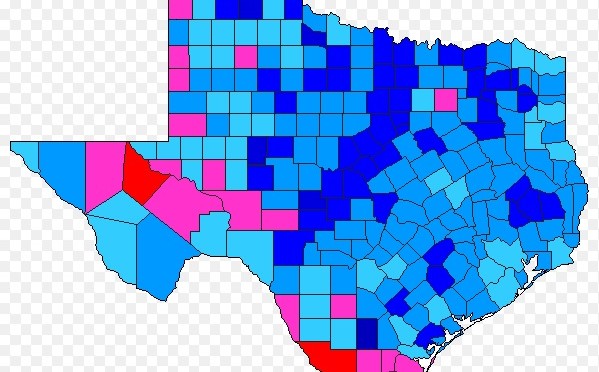
A new piece in the New York Times takes a look at recent migration patterns to Southern states, and suggests that the reason for Virginia and Florida's quick path to swing status is based more on their migratory patterns than anything else. Here's the post from Nate Cohn...
Continue Reading ››
In last Sunday's Houston Chronicle,
Gary Scharrer's op-ed provided an epic indictment of the Texas GOP-dominated legislature and it's priorities. He tells it like it is...
Texas is headed for the ditch, but few people are aware of the state's perilous path. The demographers have seen the future, though, because … Continue Reading ››
A Voice for the Rest of Texas
